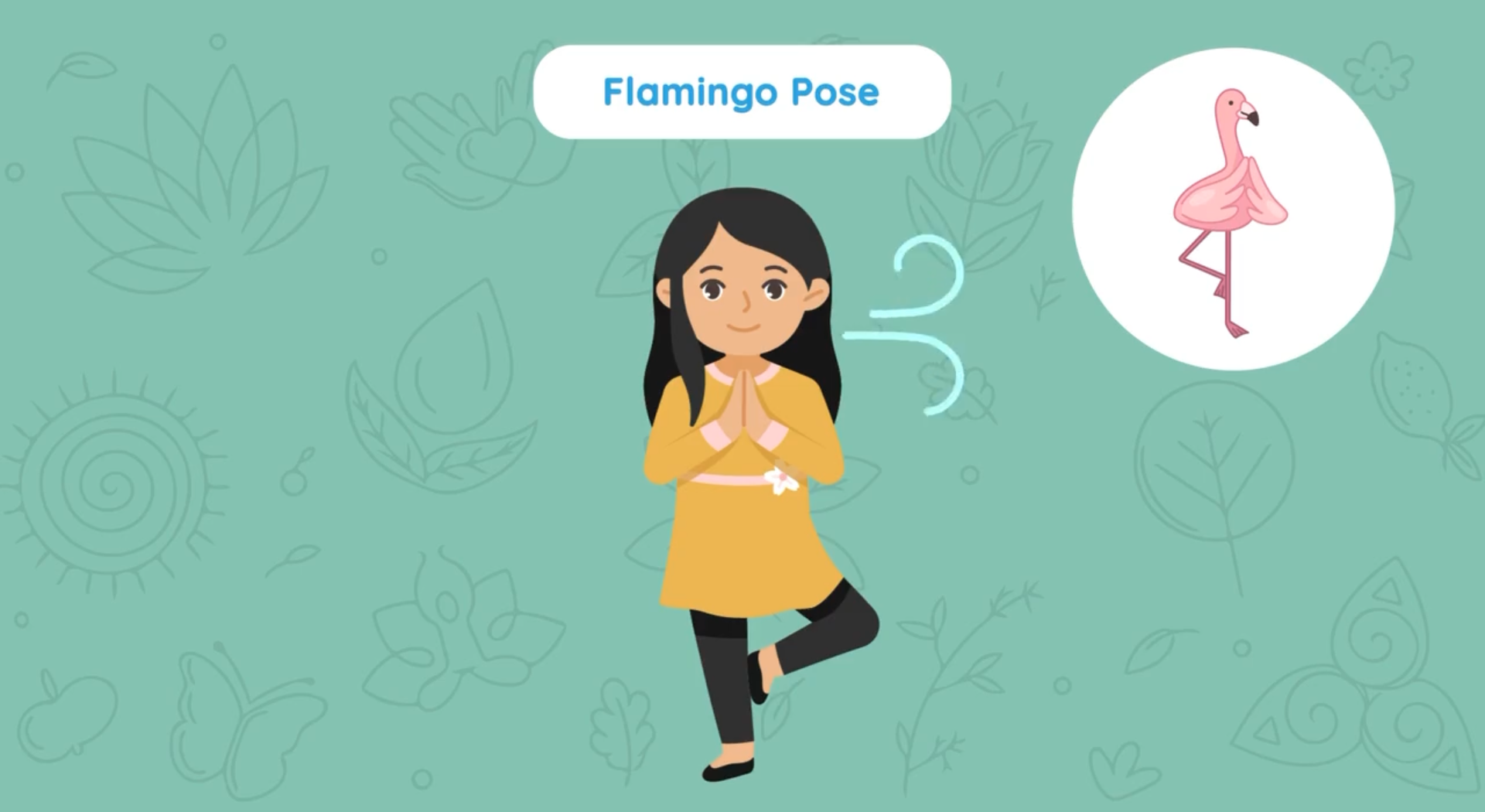Introduction
Developing target skills in special education is crucial for students’ learning and wellbeing. One such skill, Animal Yoga, helps students exercise their bodies and minds while enhancing their focus and self-awareness.
Understanding Animal Yoga
Animal Yoga is a playful approach to yoga that incorporates animal-themed poses. It fosters physical, mental, and emotional development in students by improving flexibility, balance, coordination, and concentration. This skill also promotes positive social interactions and respect for personal space.
The Role of Specialists
Various specialists can support the development of Animal Yoga in students:
- Speech-Language Pathologists: Help students understand and follow verbal instructions during yoga practice.
- Social Workers: Promote positive social interactions and respect for personal boundaries during group activities.
- Psychologists: Address any emotional challenges students may face while practicing yoga.
- School Counselors: Assist in integrating Animal Yoga into students’ daily routines for improved focus and self-regulation.
IEP Goals for Animal Yoga
Goal 1: Improve Balance and Coordination
By the end of the IEP period, the student will demonstrate improved balance and coordination by successfully completing all Animal Yoga poses in a sequence with minimal assistance.
Strategies and Activities:
- Practice individual poses with step-by-step guidance.
- Use visual aids to help students understand and mimic poses.
- Gradually increase the complexity of the poses and sequences.
Goal 2: Enhance Focus and Concentration
By the end of the IEP period, the student will increase focus and concentration by maintaining each Animal Yoga pose for at least 10 seconds without prompting.
Strategies and Activities:
- Encourage students to focus on their breath during each pose.
- Gradually increase the duration of each pose over time.
- Provide positive reinforcement for maintaining focus.
Implementing and Measuring Progress
Follow these tips to implement and measure progress:
- Regularly practice Animal Yoga during class or designated breaks.
- Monitor students’ progress through observation and documentation.
- Collaborate with other specialists to address any challenges students may face.
- Adjust goals and strategies as needed to ensure continuous growth.
Conclusion
Implementing effective IEP goals for Animal Yoga can significantly improve students’ physical, mental, and emotional development. We encourage educators to apply these goals and strategies to enhance their students’ learning experience. For more resources, explore Everyday Speech Sample Materials.






